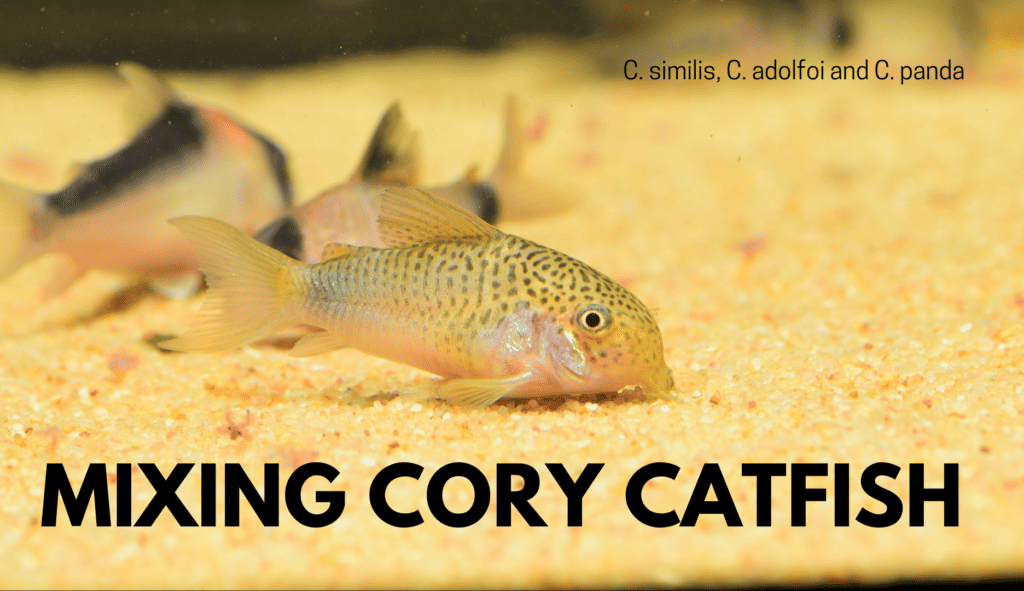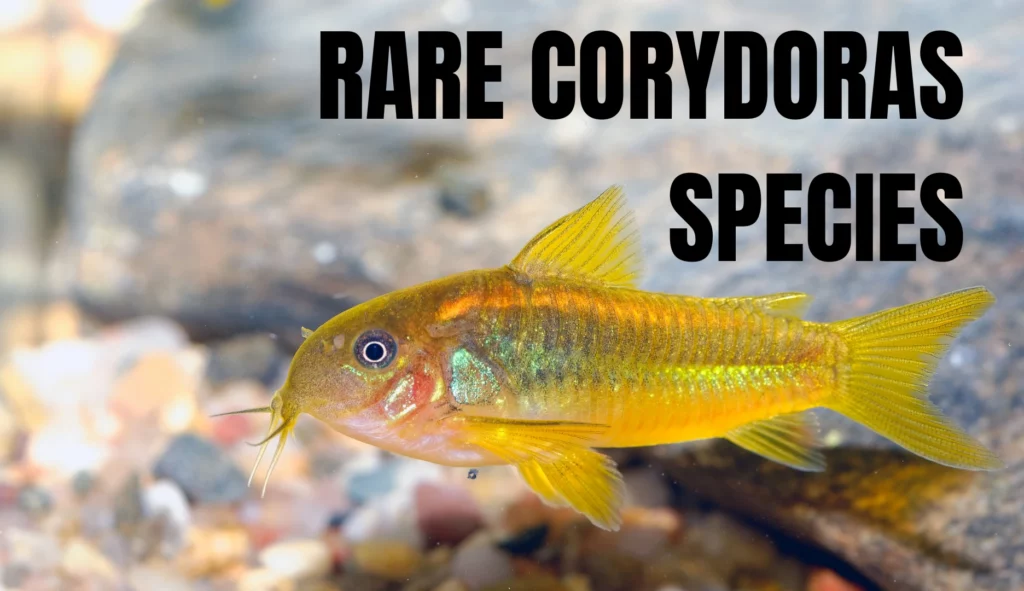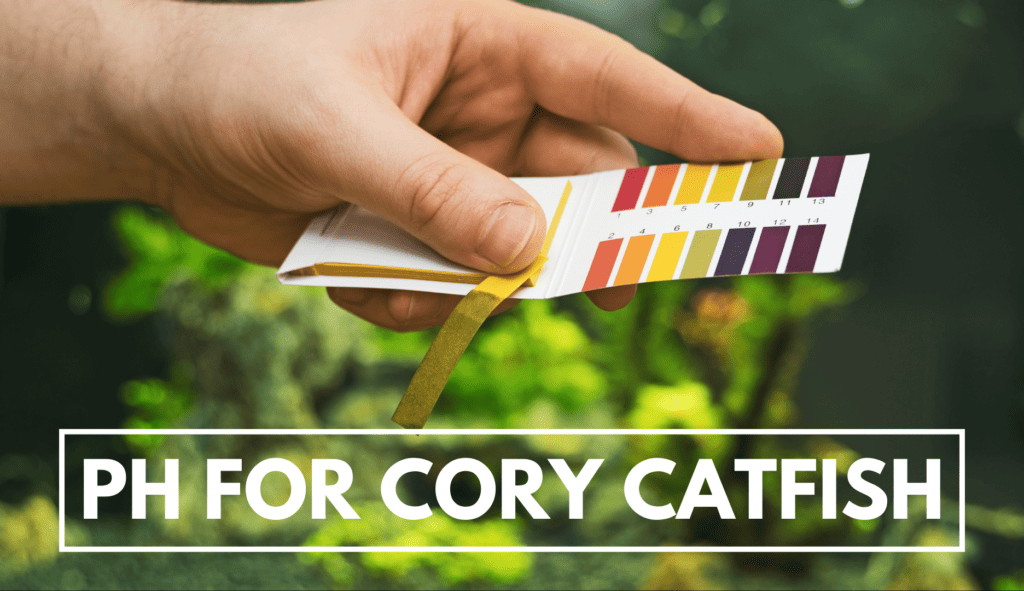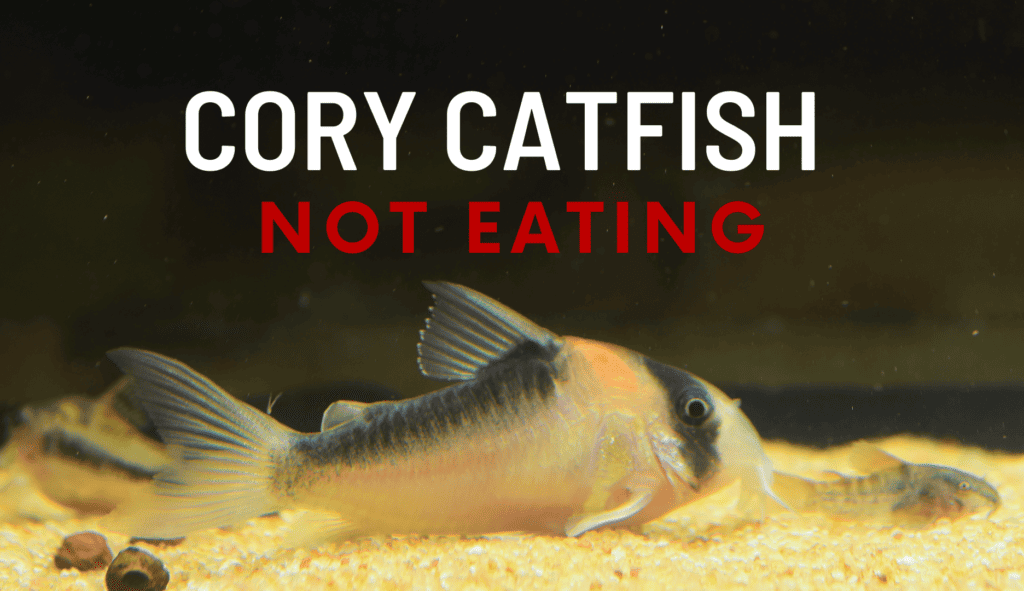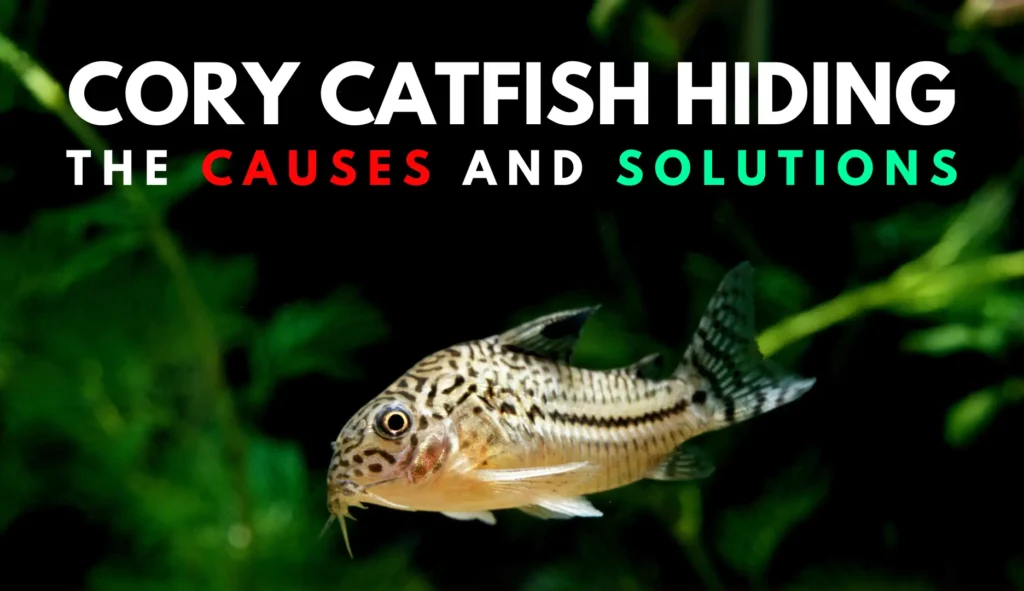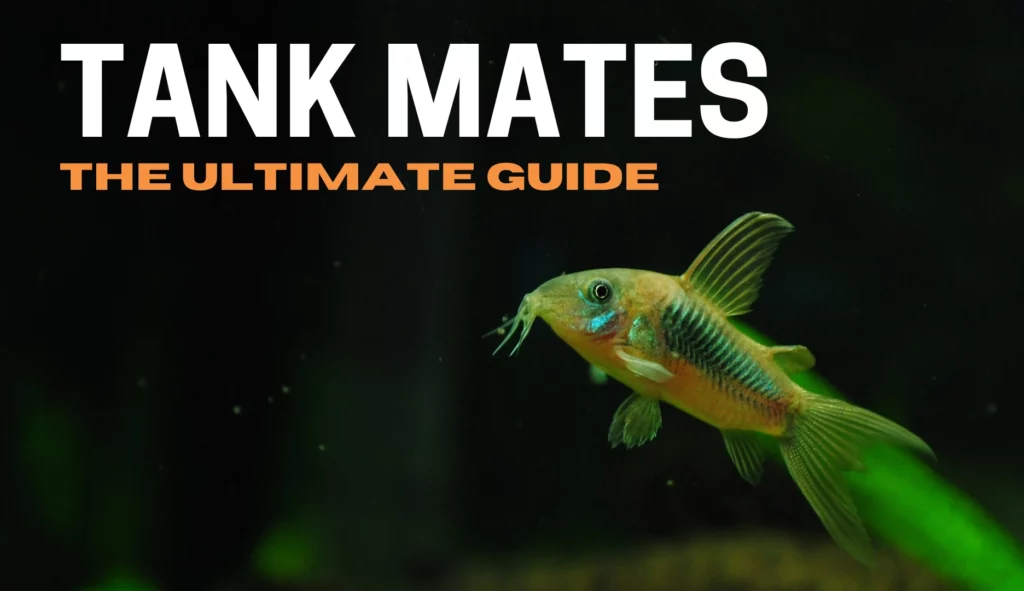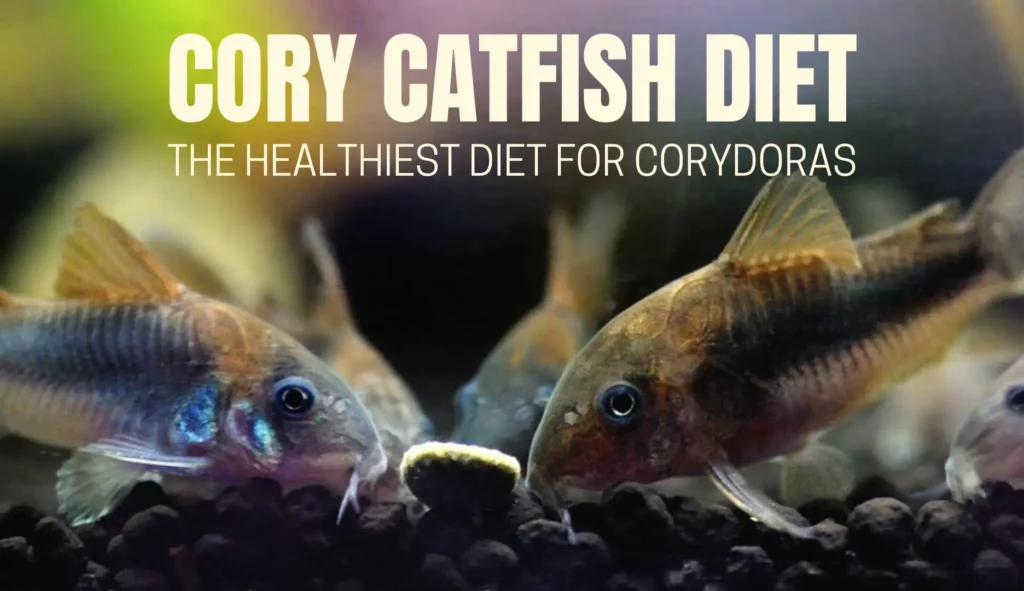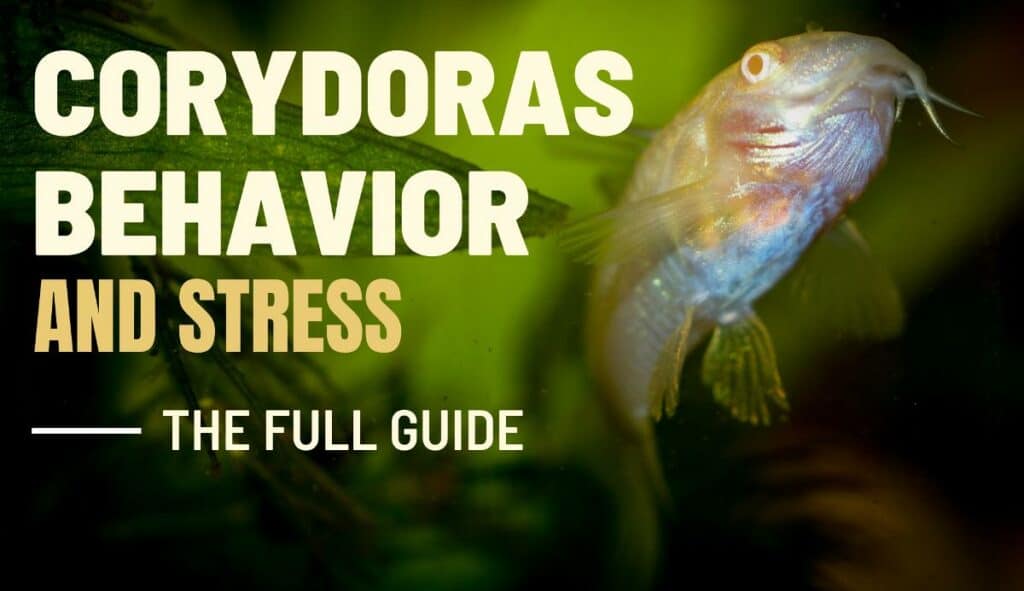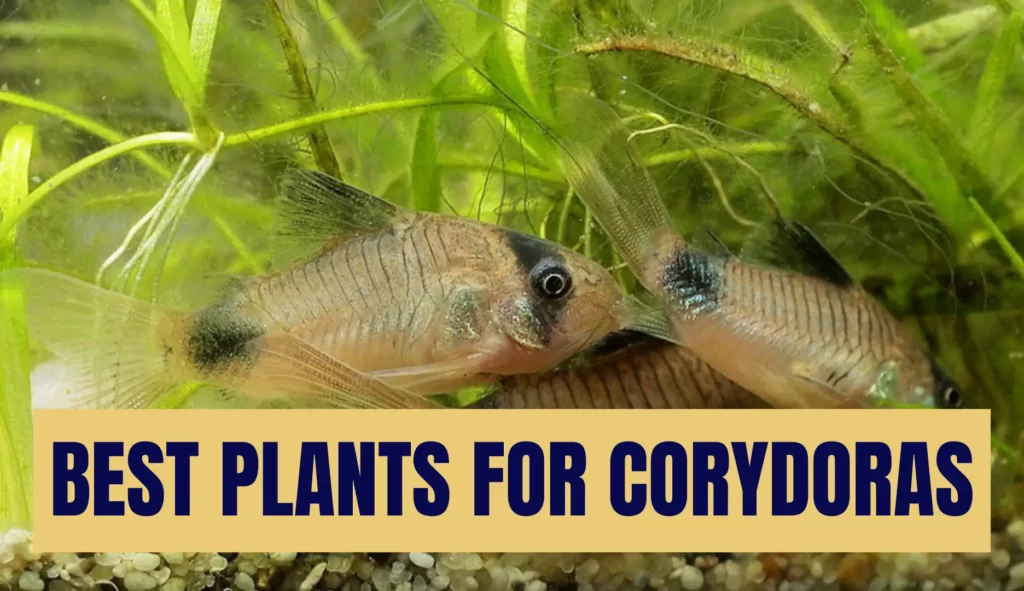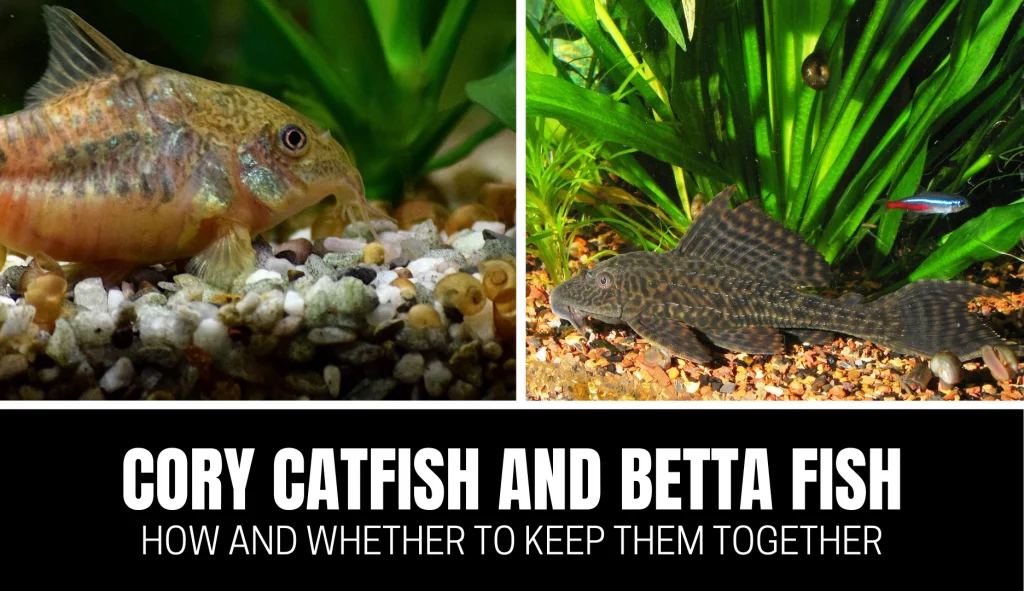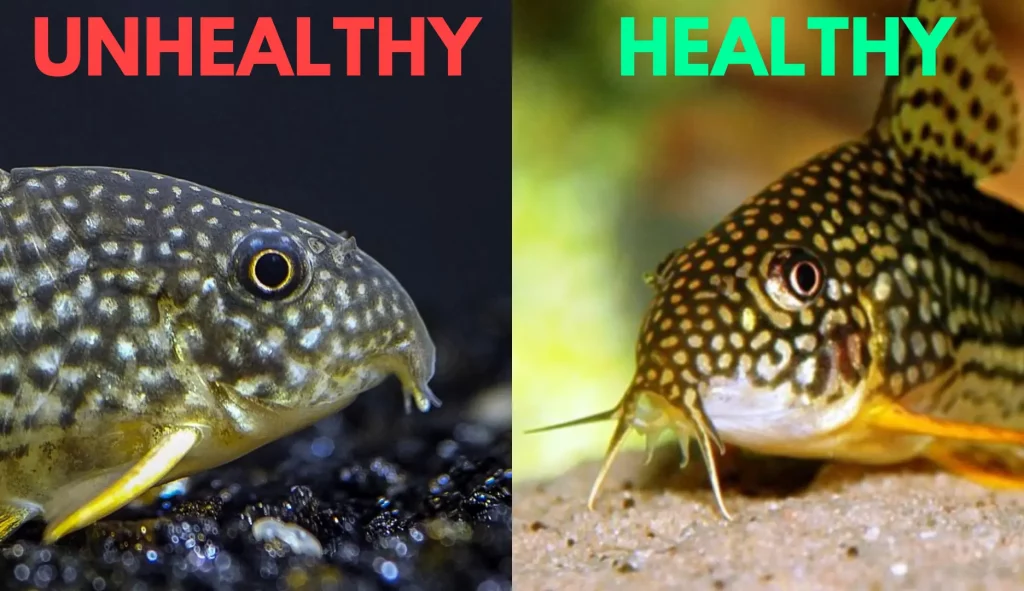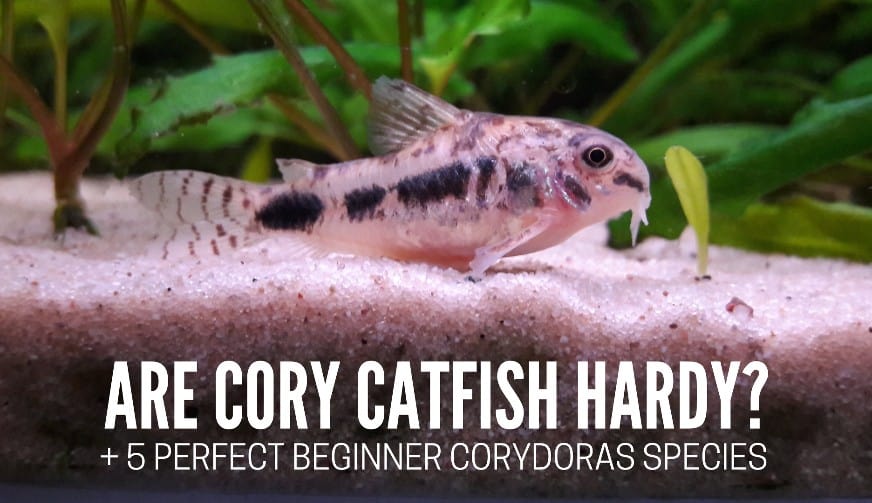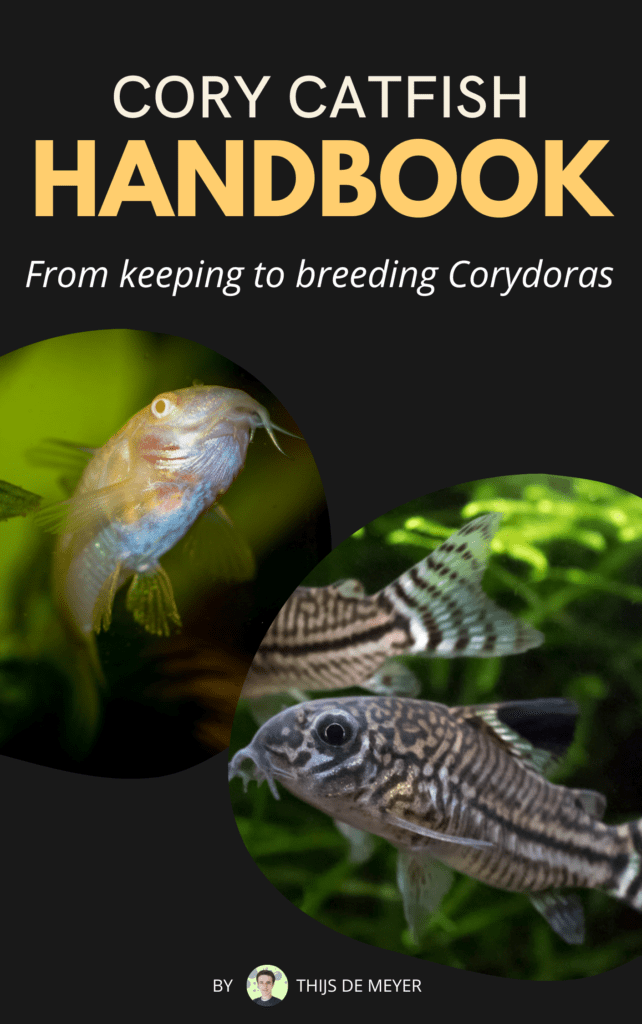If you’re a passionate aquarist and have ventured into keeping corydoras, you have likely come across a recurring question: is it possible to mix different corydoras species in the same aquarium?
Although Corydoras prefer to live in shoals (fish of the same species), it is possible for different species to group as long as they share the same region of origin or need similar environmental conditions.
This article will address the key points related to mixing corydoras. Get ready to discover how to make these captivating fish coexist in your aquarium a success.
Differences in care per species
To avoid compatibility issues, it is recommended to create an environment that meets the needs of all species present.
Here are some important considerations to avoid compatibility issues and ensure the well-being of your fish.
Different species
Corydoras belong to the Callichthyidae family and have a great diversity of species. Some are genetically closer to each other, while others are more distant.
This distinction can influence the compatibility and behavior of corydoras when kept together.
When planning to mix different corydoras species in a tank, consider differences in care concerning the species. Research the specific needs of each one, adjust the water parameters accordingly, and observe the behavior of the corydoras to ensure a harmonious coexistence.
Water parameters
Different corydoras are native to different regions and have specific preferences regarding water quality.
Some species are found in acidic black-water rivers, while others live in alkaline white-water rivers.
Before obtaining the desired cory cat, we must research the species we want: this is the only way we can know and maintain the specific needs of each species, creating an environment that meets these requirements.
When mixing species, the different water parameters, such as oxygenation, ammonia level, lighting, pH, hardness, and temperature, must be within the specific parameters covering all animal and plant species in the aquarium.
Behavior compatibility
When mixing species of cory catfish it is crucial to observe whether all corydoras species are grouping (or schooling) properly or exhibiting behavioral conflicts.
Some species may have differences in behavior that can lead to competition for food, aggression, or other stress. Constantly monitor the behavior of corydoras and, if necessary, make adjustments to the group to ensure peaceful coexistence.
Habitat similarity

Often we can find more than one species of corydoras in the same geographical area. These different species share the same natural habitat and can be more compatible when kept together, as they are used to living in similar environmental conditions.
For example, species that inhabit acidic, low-oxygen, black-water rivers tend to have similar water requirements and can quickly adapt to the same environment.
Crossbreeding
Although documented, cases of hybridization between species of corydoras are rare, but this does not exclude the fact that we must be aware of the risks involved and work to prevent them.
Understanding the concepts of systematics, genetics, and proximity between species plays a crucial role in this process.
Recognizing that some species of corydoras are genetically close and that their visual differentiation can be challenging, we must be cautious when keeping different species together in the same aquarium.
Avoiding hybridization is essential to preserve the species’ genetic integrity and ensure their proper identification.
By promoting the separation of species in individual aquariums, correctly identifying each acquired species, and carefully observing any sign of reproductive behavior, we contribute to the preservation of diversity and the individual appreciation of each one of them.
This approach protects the genetic purity of the cory catfish species, keeping their identity and distinctive characteristics intact. This way, we preserve the beauty and variety that these fish offer to the aquarium hobby.
Even though it is not something much debated and even clear to some, the hybridization of species has negative impacts both for the aquarium trade and the hobby.
Hybrid’s breeding and sale can make it difficult to correctly identify the species and compromise the quality and value of pure specimens. Hybridization also affects the availability of genuine strains on the market, decreasing diversity and the supply of pure species.
Will different types of cory catfish school together?
When mixing different cory cats species, it is essential to understand the difference between a fish grouping and exhibiting schooling behavior. Although corydoras are social animals that enjoy the company of their fellows, forming a true school requires the presence of individuals of the same species.
When talking about schooling behavior, we refer to a cohesive group of fish that swim together in a coordinated fashion, exhibiting complex social behaviors. We can associate the shoal as a single organism, with movements, and communications of its own, without the individual character.
In these schools, fish follow a leader, maintain an organized formation, and demonstrate synchrony in their movements. These behaviors are vital for communication, defense against predators, and foraging.
In the aquarium, when kept together, different cory catfish species can group, even if they do not exhibit the typical shoaling behavior of the species.
This behavior is standard as a result of a restricted and shared environment. They may choose to stay close to each other, taking advantage of the presence of companions to feel more secure.
This formation presents a great individual character, where many times only the predominant species of the shoal will perform some behavior; groups do not involve the same coordination and social interaction found in a true school.
When observing different species of corydoras grouping, it is crucial to remember that each has its own behavioral characteristics and environmental preferences.
Even because some species live in similar regions or places with the same water conditions does not mean that they form a school or interact in a socially coordinated way.
Knowing the distinctions between species is critical when considering the possibility of mixing cory species in the same aquarium.
Although they can group, it does not replace the need to provide a suitable environment for each species. Each species has its requirements, and mixing them indiscriminately can lead to compatibility issues and stress.
How many cory catfish should be kept together?
Avoid overpopulation and do not follow the inch rule (1 inch of fish per gallon); it is an outdated approach.
Each fish has specific space requirements and it’s crucial to consider the adult size of each species and provide a suitable environment for their healthy growth.
Corydoras prefer tanks that are wide and long, with plenty of room to explore and move around freely. A spacious tank that allows the cory cats to display their natural behavior and be active will lead to happier and healthier fish.
Schools of Corydoras in the wild are usually large, reaching more than 100 individuals. Mixed groups of different species can also form, as long as the size of the aquarium is considered.
For a school of one species of corydoras with 6 specimens up to 2 inches, the recommended minimum size is approximately 21 gallons.
Read: How Many Cory Catfish To Keep (Full Guide)
When mixing different species of corydoras, the key is balance. Choosing two or three species that share similar needs and behaviors will help create a harmonious environment, allowing peaceful interaction between them. Compatibility of size and characteristics should also be considered when choosing species.
Keep a minimum of six specimens of each species to promote schooling behavior and provide security for the fish.
Corydoras are social animals that benefit from the presence of their fellows. Maintaining an adequate number of individuals of each species also reduces stress and aggression among fish.
If you want to mix species, it is advisable to use an aquarium of at least 50 gallons.
Mixing several species of corydoras can result in greater diversity in behavior and color patterns, making the aquarium visually spectacular.
However, it is crucial to carefully observe the interaction between species and be prepared to intervene in case of conflicts or compatibility issues.
Conclusion
Researching the requirements of water parameters, aquarium size, social behavior, and food preferences of each species is essential to ensure the well-being of all fish involved.
In addition, it is recommended to observe the behavior of the fish after the introduction and be prepared to make adjustments if necessary to ensure harmony in the aquarium.

